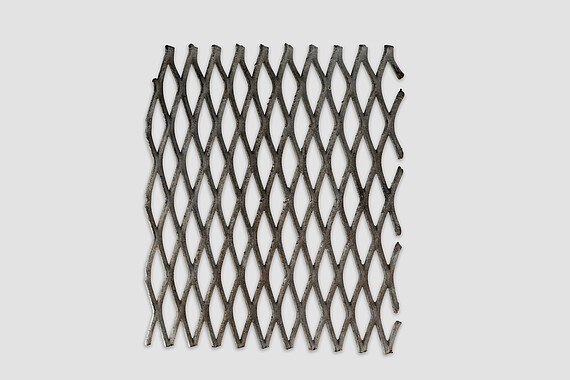
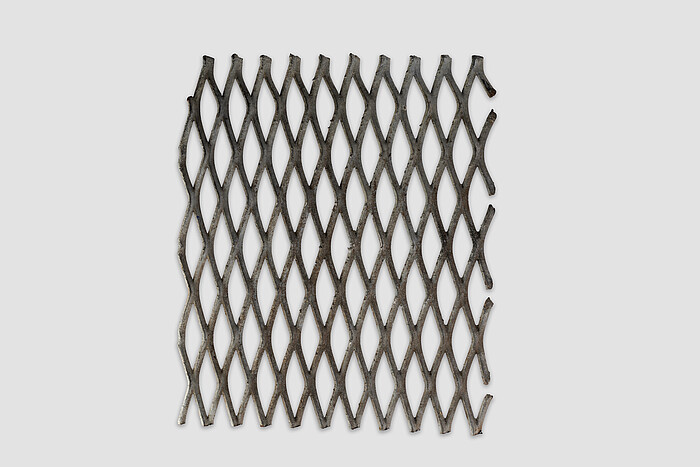
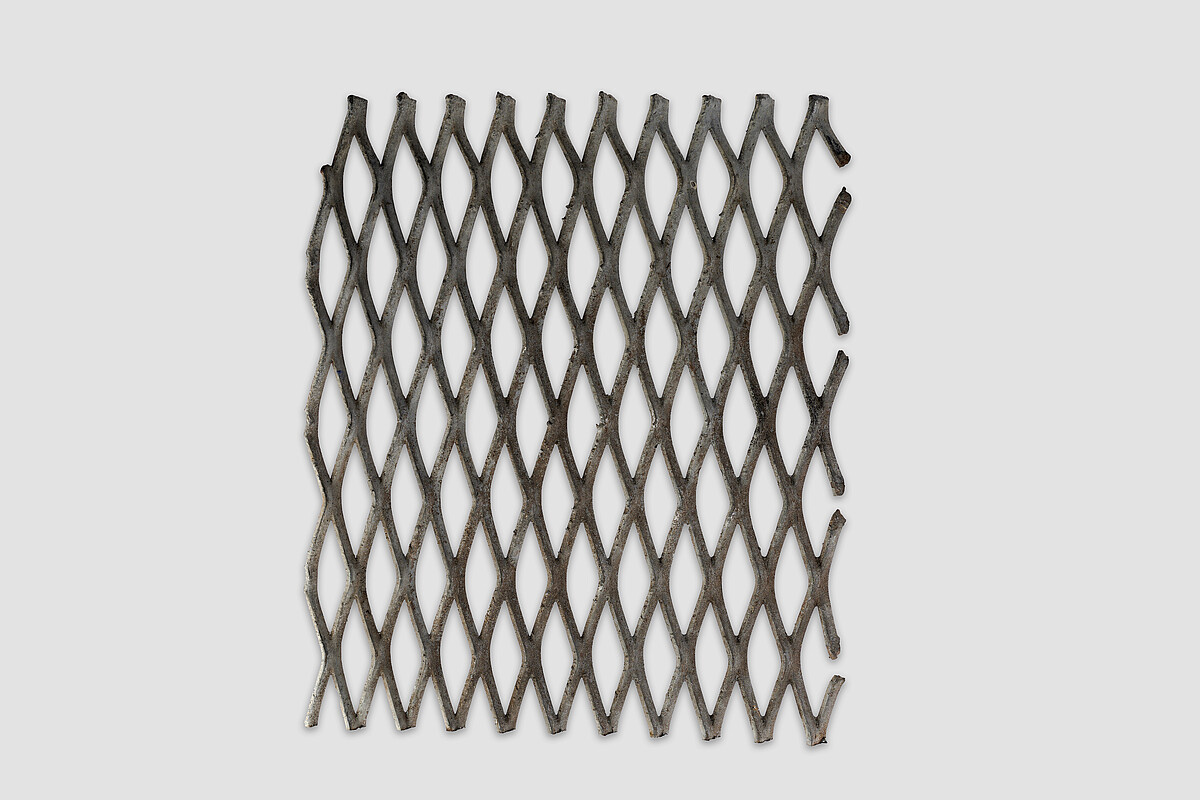 ©
Sören Pinsdorf / LUH
©
Sören Pinsdorf / LUH
The peaceful revolution in the German Democratic Republic in 1989 is considered a defining moment of freedom. For historical research on democracy and dictatorship, a comprehensive understanding of this event is as central as the history of the division of Germany.
Over decades, the so-called Iron Curtain, which hermetically sealed the inner-German border, was a symbol of the absence of freedom and a material manifestation of a repressive state system that severely restricted the individual rights and freedoms of its citizens.
Participating researchers
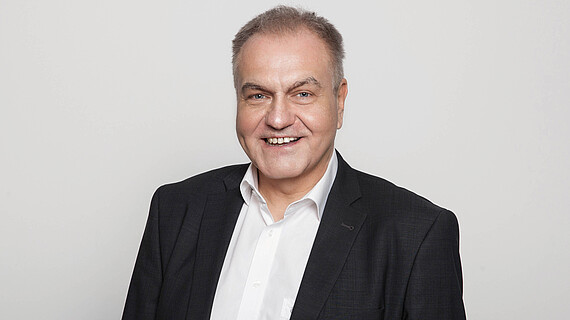
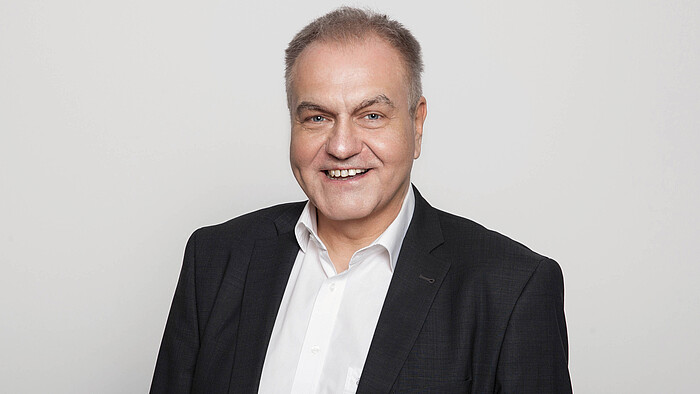
 ©
LUH
©
LUH


 ©
LUH
©
LUH


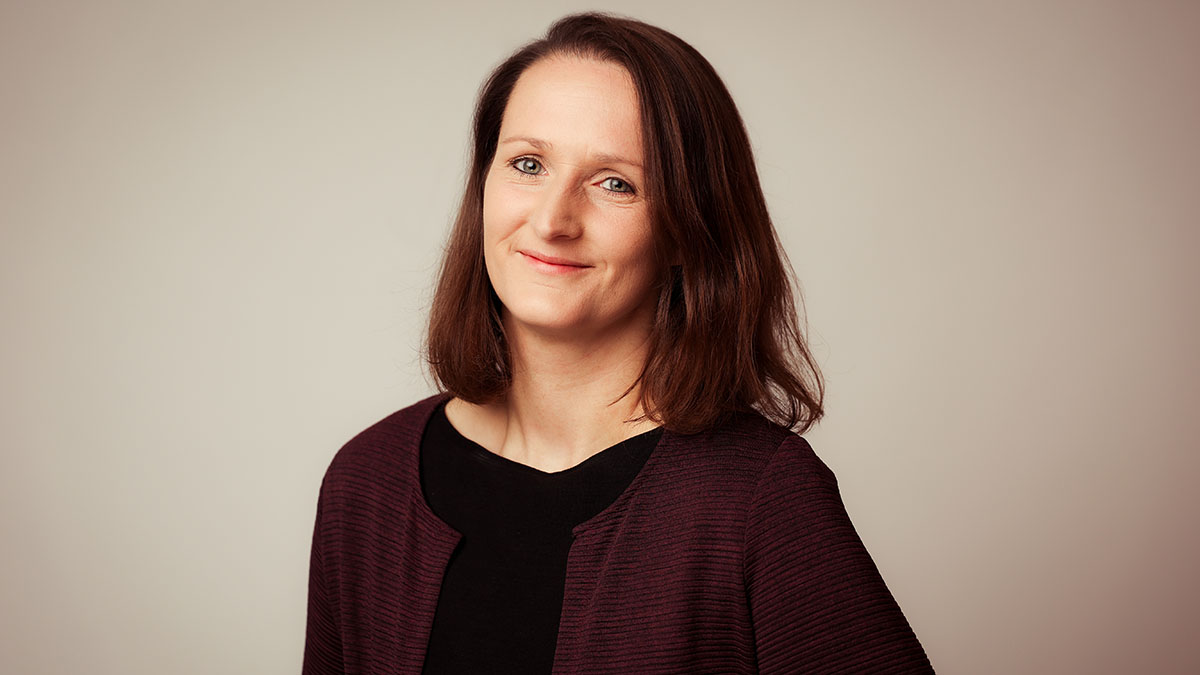 ©
LUH
©
LUH
At the Institute of Didactics of Democracy, apl. Prof. Dr. Detlef Schmiechen-Ackermann, Dr. Christian Hellwig and Karolin Quambusch, M.A., are studying the history of the inner-German border, among other things. In its current research project, “The inner-German border in the Wendland/Altmark area”, the project team is conducting interviews with individuals who lived through that time. The aim is to preserve their autobiographical memories of the division of Germany for the future and make them available for historical studies work.
Contact person, Communications and Marketing
30167 Hannover










